Discover 9 hidden attractions, cool sights, and unusual things to do in Euskirchen (Germany). Don't miss out on these must-see attractions: Mueller Cloth Mill, Burg Kessenich, and Evangelical Church. Also, be sure to include Erlebnispädagogik Ratsheimer Hof in your itinerary.
Below, you can find the list of the most amazing places you should visit in Euskirchen (North Rhine-Westphalia).
Table of Contents
Mueller Cloth Mill

Also known as: Tuchfabrik Müller
Museum. The Mueller Cloth Mill, located in Euskirchen, North Rhine-Westphalia, Germany is a section of the LVR Museum of Industry. The museum provides insight into the production process of a cloth mill by showing fully working machinery and equipment from around 1900. Opened in 2000, the museum preserves the mill's state at its shutdown in 1961. LVR Industrial Museum Mueller Cloth Mill is an ‘Anchor Point’ of the European Route of Industrial Heritage and a central stop on the ‘Wool Route’.[1]
Address: Carl-Koenen-Straße 25, 53881 Euskirchen
Burg Kessenich
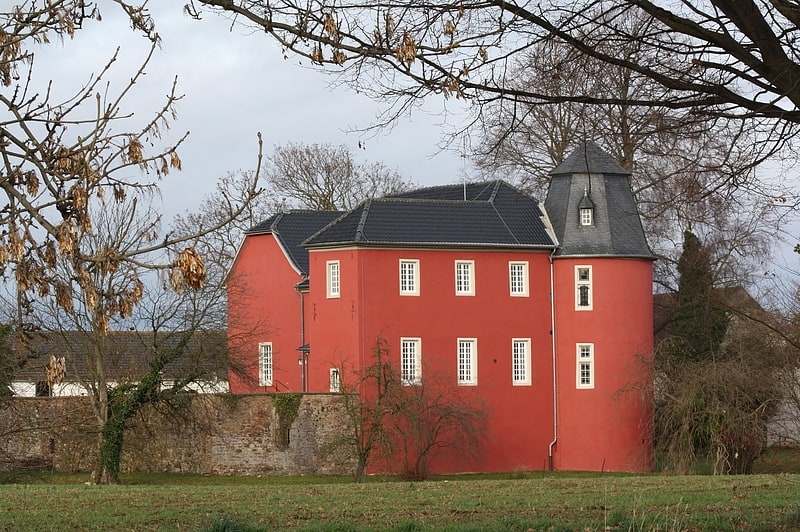
Kessenich Castle is located on the northern edge of the district of the same name in Euskirchen, the district town on the northern edge of the Eifel. In the immediate vicinity of the castle flows the Erft River. In the basic features it is a two-part moated castle.
In 1339, the castle is mentioned for the first time in a document, when Otto von Kessenic gave it in fief to the Margrave of Jülich. Thus the lord of the castle bowed to the pressure of the Jülichers, who consistently pushed the expansion of their territorial power and were able to achieve the acquisition of Euskirchen in 1355. On January 13, 1363, his heir Ludwig von Kessenich sold the property to Reinhart von Binsfeld. The Binsfeld family became indebted in the course of time, lost other fiefdoms, but was able to regain unrestricted use of the castle in 1514.
Heinrich von Binsfeld zu Stamge, Lord of Merzenich, princely councilor and marshal since 1575, gave the medieval castle a new shape. In 1565 he also became bailiff in Blankenberg. His daughter Elisabeth married Johann Richard Waldbott von Bassenheim in 1586 and brought the castle and the parental property in Kessenich and Merzenich as inheritance in 1604.
The next reconstruction of the castle dates back to the thirties of the 17th century, arranged by the then owner, the imperial and electoral Palatine councilor, Heinrich Waldbott von Bassenheim, who was also bailiff of Nideggen and Jülich. After 1769 the castle belonged to a baron von Kleist. In 1828 the estate passed into bourgeois ownership. In 1884, the castle was acquired by J.W. Arnolds, whose descendants still own the castle today.
Evangelical Church
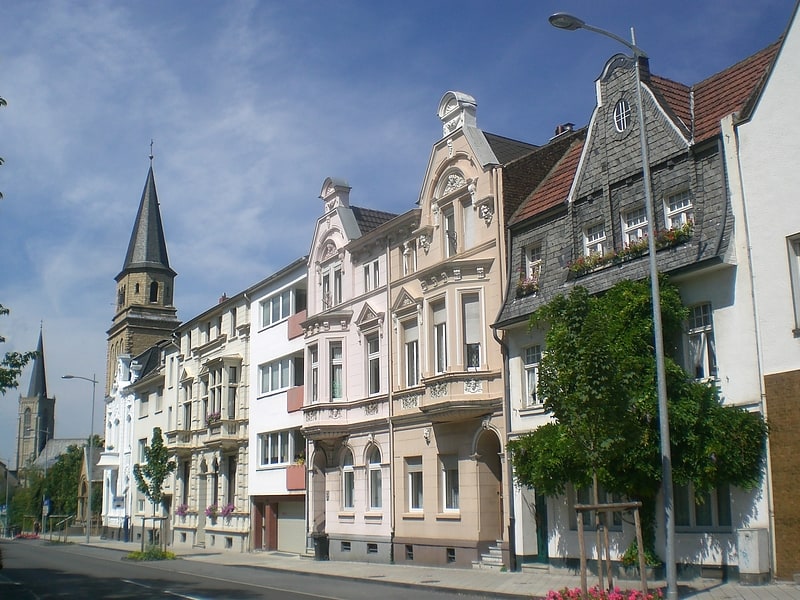
The Protestant church in the core city of Euskirchen, North Rhine-Westphalia, is located at Kölner Straße 41.
Address: Kölner Str. 41, 53879 Euskirchen
Erlebnispädagogik Ratsheimer Hof

Address: Ratsheimer Hof (Aussiedlerhof), Euskirchen
Zentrum für Geoinformationswesen der Bundeswehr
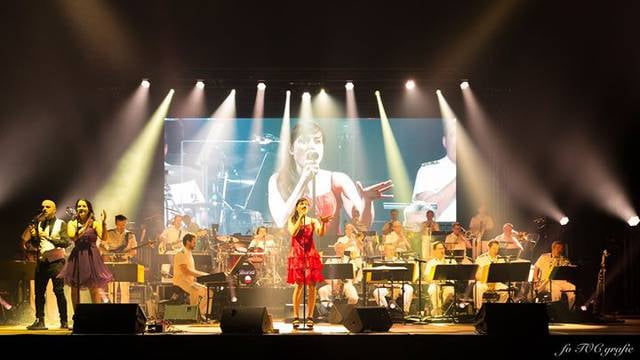
The Center for Geoinformation Services of the Bundeswehr, founded on March 11, 2003, is the central institution for geoinformation services of the Bundeswehr. The commander of the ZGeoBw also heads the Bundeswehr Geoinformation Service.
The ZGeoBw is based in Euskirchen and was directly subordinated to the Cyber and Information Space Command (KdoCIR) on July 1, 2017. It is spread across eight locations. Major units are located in Euskirchen and Fürstenfeldbruck.
The ZGeoBw is a federal research institute, a member of the Working Group of Departmental Research Institutions as well as the Working Group of the Surveying Administrations of the States of the Federal Republic of Germany (AdV) and the Standing Committee on Geographical Names (StAGN).
Address: Frauenberger Str. 250, Euskirchen
Malteser Hilfsdienst e.V.
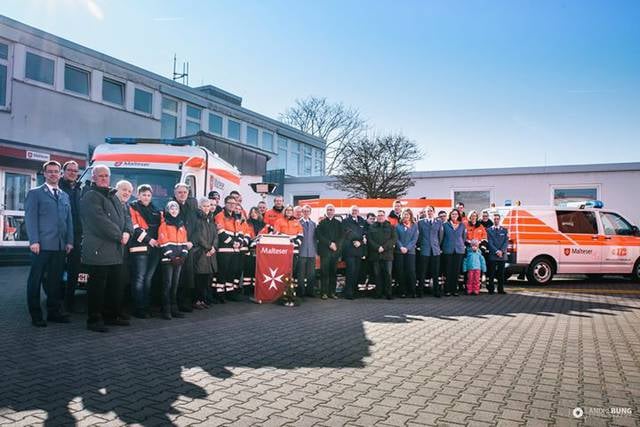
Address: Am Schwalbenberg 5, Euskirchen
Fresenturm

Jüdischer Friedhof Frauenberger Straße
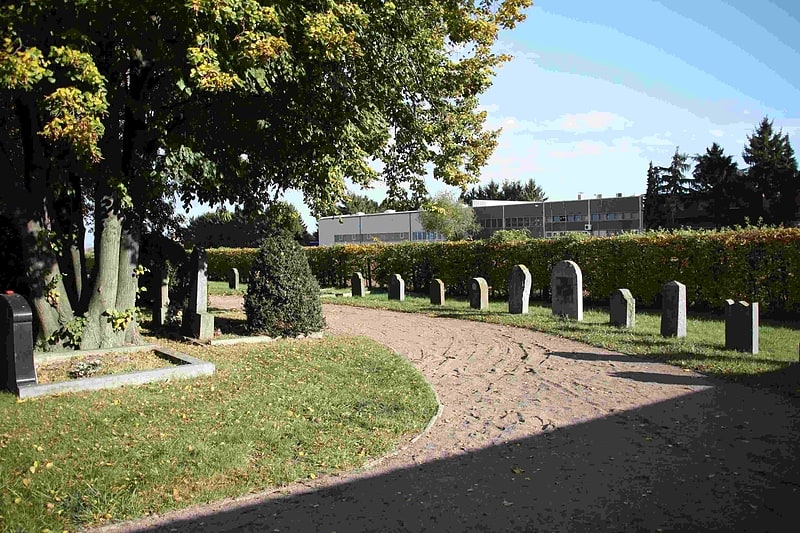
The new Euskirchen Jewish Cemetery is located on Frauenberger Straße in the district town of Euskirchen in North Rhine-Westphalia.
In the Jewish cemetery, which was occupied from 1913 to 1975, there are still 45 gravestones (mazewot). They are all oriented towards Jerusalem, i.e. towards the east. On several gravestones the inscription plates are destroyed. The last buried was Alfred Julich, who died on September 28, 1975.
The burial ground is delimited to the front side by a wall and a wrought-iron gate, which stands open. The other sides are surrounded by a wire fence. It is 25.4 ares in size.
In the cemetery there are some gravestones of the former cemetery Kölner Straße. It was located on the site of today's district court until 1938.
Jüdischer Friedhof Kuchenheim

The Kuchenheim Jewish Cemetery is a Jewish cemetery in Kuchenheim, a district of the city of Euskirchen in North Rhine-Westphalia, Germany. It is located on the left side of the road between Kuchenheim and Euskirchen. The cemetery has been on the list of monuments of the city of Euskirchen since 1988.